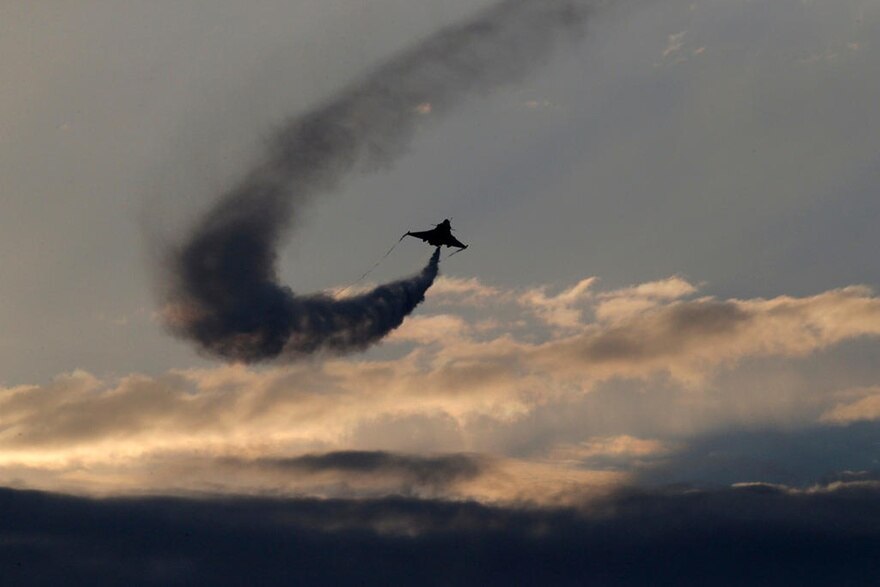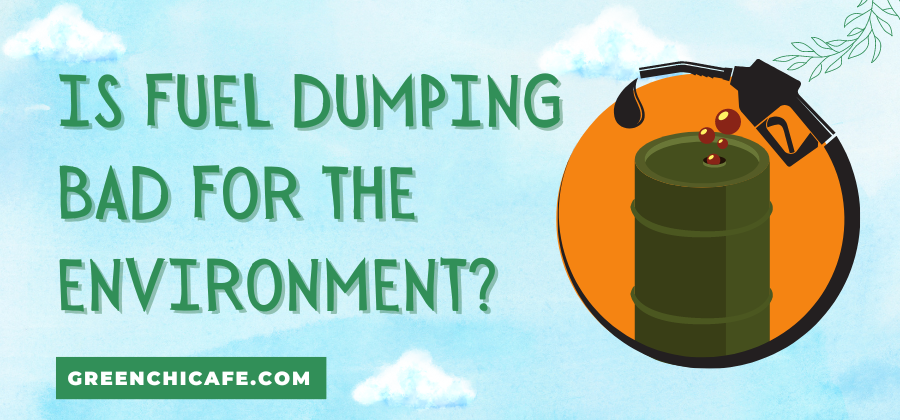Fuel dumping from aircraft in emergency situations raises environmental concerns. However, the practice helps prevent catastrophic crashes.
Properly managing dumped fuel minimizes impacts, while prohibiting it could threaten lives.
Fuel dumping is a last-resort safety procedure allowing dangerously overloaded planes to reduce weight for emergency landings.
Is Fuel Dumping Bad for the Environment?

Fuel dumping has negative environmental impacts, but enabling safe emergency landings prevents greater harm.
With altitude limits and avoidance of vulnerable areas, dumping’s ecological effects can be partially mitigated when necessary for safety.
Further innovations to improve emergency weight reduction alternatives remain important.
Key Points
- Most dumped fuel evaporates and disperses to negligible ground concentrations.
- However, residue risks exist, especially to aquatic life near airports.
- Dumping avoids potential catastrophes and remains critical for aviation safety.
What Prompts Commercial Jets to Dump Fuel in Flight?
Fuel dumping relieves excess landing weight that could prevent safe stopping on short runways.
Loss of engine power, flight control problems, and decompression emergencies are examples of necessitating quick weight reduction through fuel release at altitude.
Dumping minimizes the risk of crashes during attempted landings.
It provides a safety margin as crews respond to in-flight complications endangering those onboard and on the ground during attempted landings.
Does Dumped Fuel Fully Combust or Reach the Ground?
At typical dumping altitudes of 5,000-10,000 feet, most jettisoned fuel dissipates and evaporates into vapors before reaching the ground.
Dispersion dilutes remaining fuel to negligible ground concentrations in most situations.
However, without sufficient altitude for full vaporization, some fuel persists.
Optimal dispersion requires above 8,000 feet.
Lower dumps may deposit droplets. Proximity to airports also increases ground contamination likelihood.
How Does Dispersed Jet Fuel Affect Air Quality?

Some fuel additives increase vapor toxicity.
However, concentrations diminish rapidly post-release.
One study modeled a 26-gallon dump at 4,000 feet and found no excess toxins just 17 miles from release coordinates.
Still, inhalation risks exist for those immediately under and downwind of dumps.
Overall air quality impacts are usually minimal compared to other emissions due to the vaporized dilution.
But situations vary case-by-case.
What Are Potential Effects on Plants and Animals?
Fuel residue contacting plants could temporarily damage foliage.
Pelagic sea creatures exhibit higher sensitivity.
But most terrestrial species tolerate nominal fuel exposure.
One analysis reported no wildlife mortality across 20 years of documented dumps.
However, research gaps exist in assessing ecological impacts, especially for freshwater habitats.
Robust data would inform environmental cost-benefit tradeoffs to better guide safety protocols minimizing harm when possible.
Are There Alternative Safety Procedures for Fuel Dumping?
Improved onboard sensors indicating overweight landing scenarios earlier could extend routing options.
But once an emergency is imminent mid-flight, fuel dumping may be unavoidable.
Ejection of cargo or nonessential parts reduces risks and economic impacts but cannot achieve quick weight reductions like fuel dumping in extreme emergencies.
Further innovations could provide alternatives.
Do Airlines Compensate for Environmental Impacts?
Regulators increasingly impose dumping fines on airlines when violations occur.
However, assessing ecological harm is complex.
Some experts argue funds should support local offset initiatives like marine restoration for tangible benefits favoring nature.
Either way, airlines work to prevent dumps through safety management systems.
Though not without costs, strategically jettisoning fuel remains the most prudent course to protect lives in rare but inevitable emergency scenarios.
Is Fuel Dumping Bad?
Fuel dumping has negative environmental consequences, including risks of water contamination and damage to vulnerable ecosystems if done improperly at low altitudes.
However, regulated high-altitude dumping enables essential safety, avoiding catastrophic accidents when aircraft face emergency landing scenarios.
So while not ideal, strategic fuel dumping remains critical for aviation safety despite ecological tradeoffs.
Do Planes Always Dump Fuel Before Landing?
No, fuel dumping only occurs in emergency situations when a dangerous excess landing weight could prevent a safe landing and stopping.
It is not a routine procedure.
Airlines try to prevent fuel emergencies necessitating dumps through cautious fuel load calculations and in-flight monitoring.
Dumping is a very rare last-resort maneuver.
Do Planes Dump Fuel in the Ocean?
While not common practice, planes may dump small excess fuel amounts into designated ocean dumping zones to lighten landing weight after a long-haul flight.
But most airlines have phased out routine ocean dumping due to environmental concerns.
Safety fuel dumping during in-flight emergencies may also occur over oceans when close to airports near the coast.
Key Takeaways:
- Fuel dumping certainly incurs environmental tradeoffs.
- But enabling safe emergency landings prevents the greater harms of crashes.
- With altitude restrictions and avoidance of vulnerable habitats, dumping impacts can be partially mitigated when the procedure is unavoidable to maximize safety.
- Continual improvements aimed at prevention and lessening ecological risks remain important.
FAQ
Where Does Dumped Fuel Generally End Up?
At appropriate altitudes, most dumped fuel vaporizes and dilutes to very low concentrations in the atmosphere. However, without adequate height, some fuel residue may contaminate air, soil, and waterways, posing mild environmental risks.
Is it Possible to Redirect Where Fuel is Dumped?
Yes, pilots can selectively dump over designated areas to minimize impacts on vulnerable ecosystems. But options are very limited during rapid in-flight emergencies. More preventative sensor systems could extend routing alternatives earlier.
Do Airlines Dump Fuel Frequently?
No, fuel dumping is very rare and used only in critical emergency scenarios. US regulations mandate it as a last resort. Airlines aim to prevent fuel emergencies through safety management systems and flight control monitoring.
Does Dumped Fuel Produce Contrails Like Normal Emissions?
No, the vaporized fuel does not result in persistent contrails like standard engine exhaust since it is not combusted the same. However, dumping does introduce chemicals into the upper atmosphere, unlike normal route emissions at lower altitudes.
At GreenChiCafe, we are passionate about protecting the natural world and sharing knowledge that cultivates more sustainable lifestyles.
Please check out our website for more content about caring for our planet and living eco-consciously.
